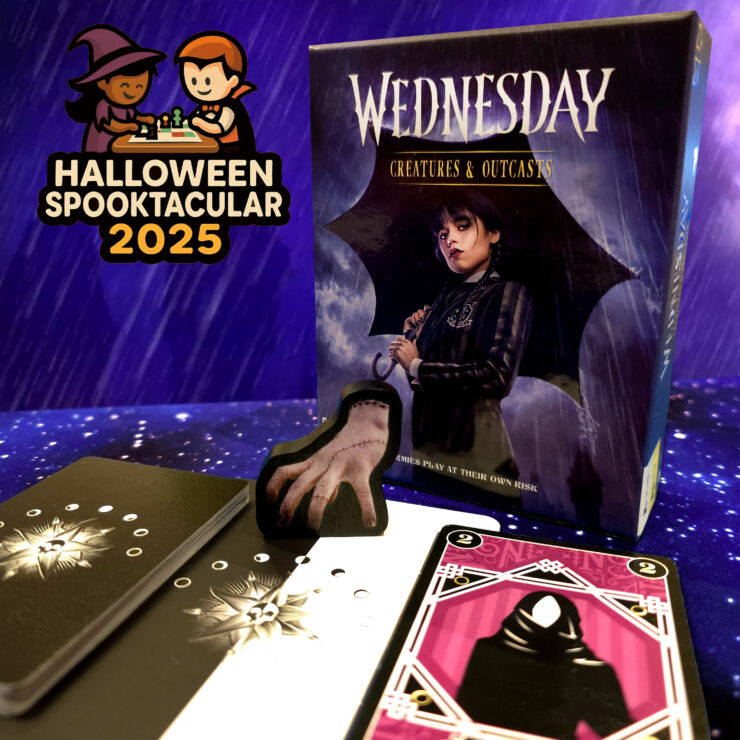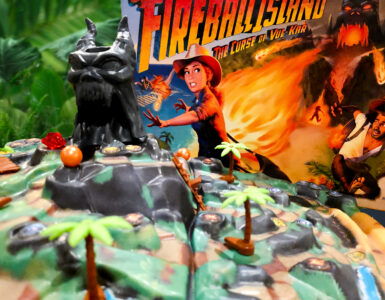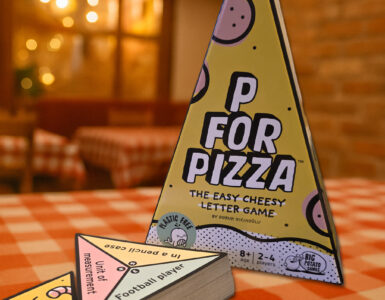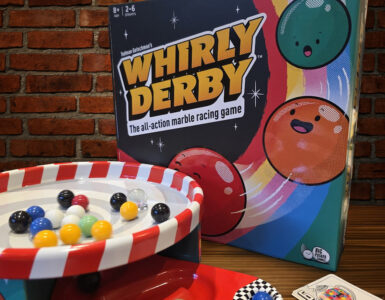I’ve been acutely aware that pretty much everything I’ve played so far this Halloween has been generally recommended, but Nicola has assured me that this is a good thing because it means there are lots of great options to choose from. This weekend is going to be absolutely no exception, as today we are looking at Wednesday: Creatures & Outcasts, a licensed game based on the incredibly popular Wednesday IP that essentially plays like a more complex version of Uno. As a result, it has turned out to be quite possibly my favourite deck-shredding, Uno-like that I’ve played in ages.
There are two decks in the game, and you start by dealing a certain number of Outcast cards to each player. This changes slightly depending on the number of players, but the Outcast cards are essentially your regular numbered cards. The key difference with Wednesday: Creatures & Outcasts is that some of the cards have special abilities, some positive and some less so, which dramatically change how you play.
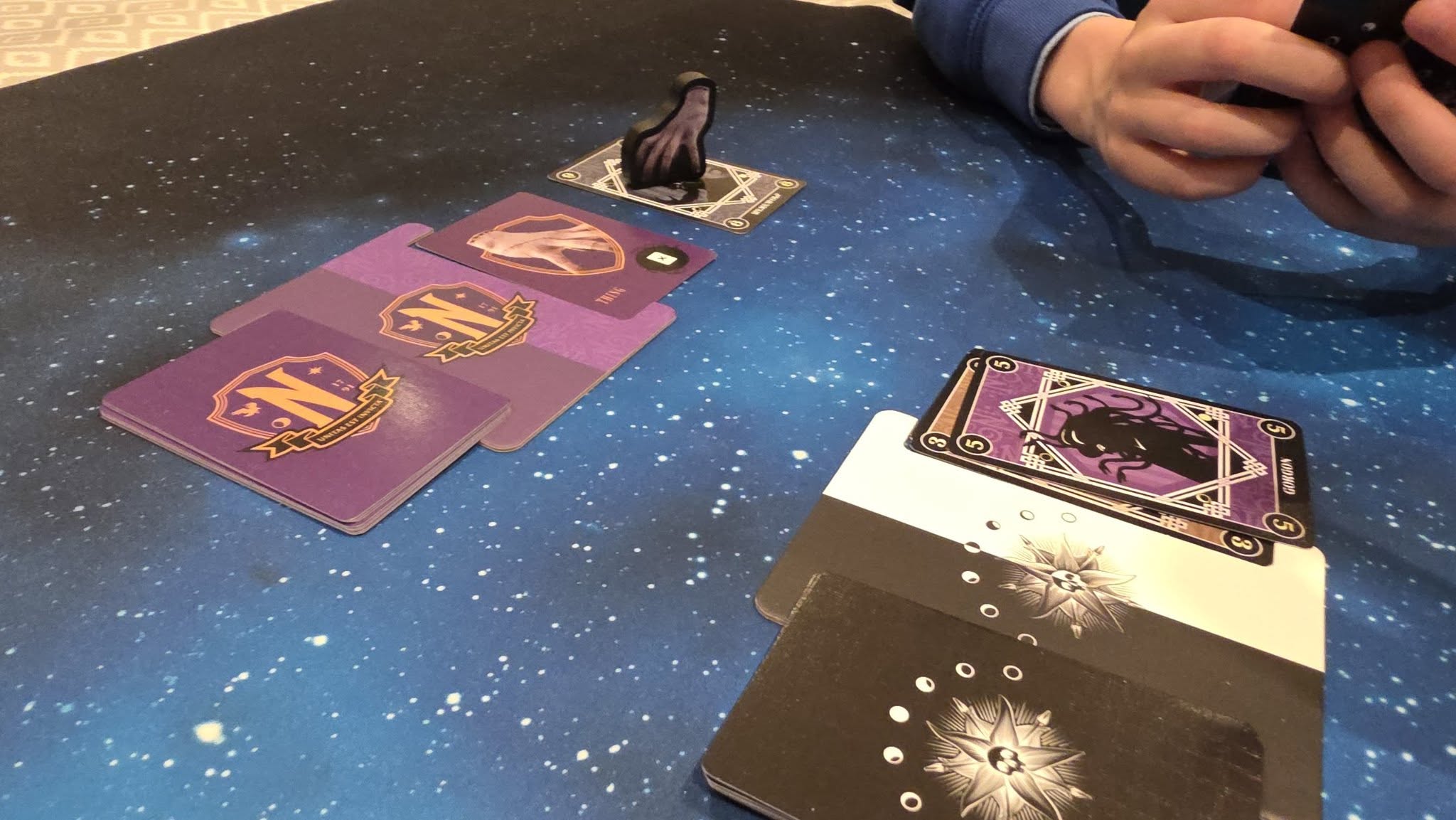
The game starts with one player placing a number one Normie card, and from there, each player going clockwise must lay a card higher than the one currently on the table. This is key, as it doesn’t have to be the next number up. You don’t have to play a three on a two; you can play something much higher. One of the key strategies is knowing when to play which card to best manipulate the way the game progresses, or in some cases, manipulate the deck itself.
For example, a two allows you to play another card, meaning you can pull off some good combos and get rid of tricky cards. A seven means you have to take a card of your choice from the discard pile, which isn’t always something you want to do. Sometimes laying a two, then a seven, and then re-picking up the two you just played can be a really good way to get a powerful card back into your hand. You might also want to pick up certain other cards. At any point on your turn, you can discard three sixes to change Wednesday’s position in the character pile (we’ll get to that in a moment), or you can lay four number tens (the Hide cards), which instantly ends the round, dumping 40 points into the discard pile, a very strong move.
As the round continues, with the pile getting higher and higher, you eventually reach a point where none of the players can play, or they choose not to, as you can pass at any time. This increases the level of strategy far above what you would expect from a normal deck-shredding game.
At that point, you turn over a character card. These character cards are essentially game modifiers that affect how the next round plays. These could include things such as having to play cards in pairs, only playing odd numbers, always missing at least one number before you can lay a new card, the game going anti-clockwise instead of clockwise, playing down instead of up, or even banning a certain card type for that round (a personal favourite of mine, as it means you get to place the really cute and totally unnecessary but awesome Thing meeple onto a card to show that one is out of play).
There is also one Raven card, which is a zero and particularly strong, as it’s essentially a bluff card that makes players think you have something valuable when you don’t. There’s also one 13 card, the Wednesday card. When played, this allows the player to adjust the location of Wednesday in the character pile. This is powerful, as a player can put her at the bottom if they want the game to last longer, at the top if they want it to end quickly, or somewhere in the middle, but only they know where she is.
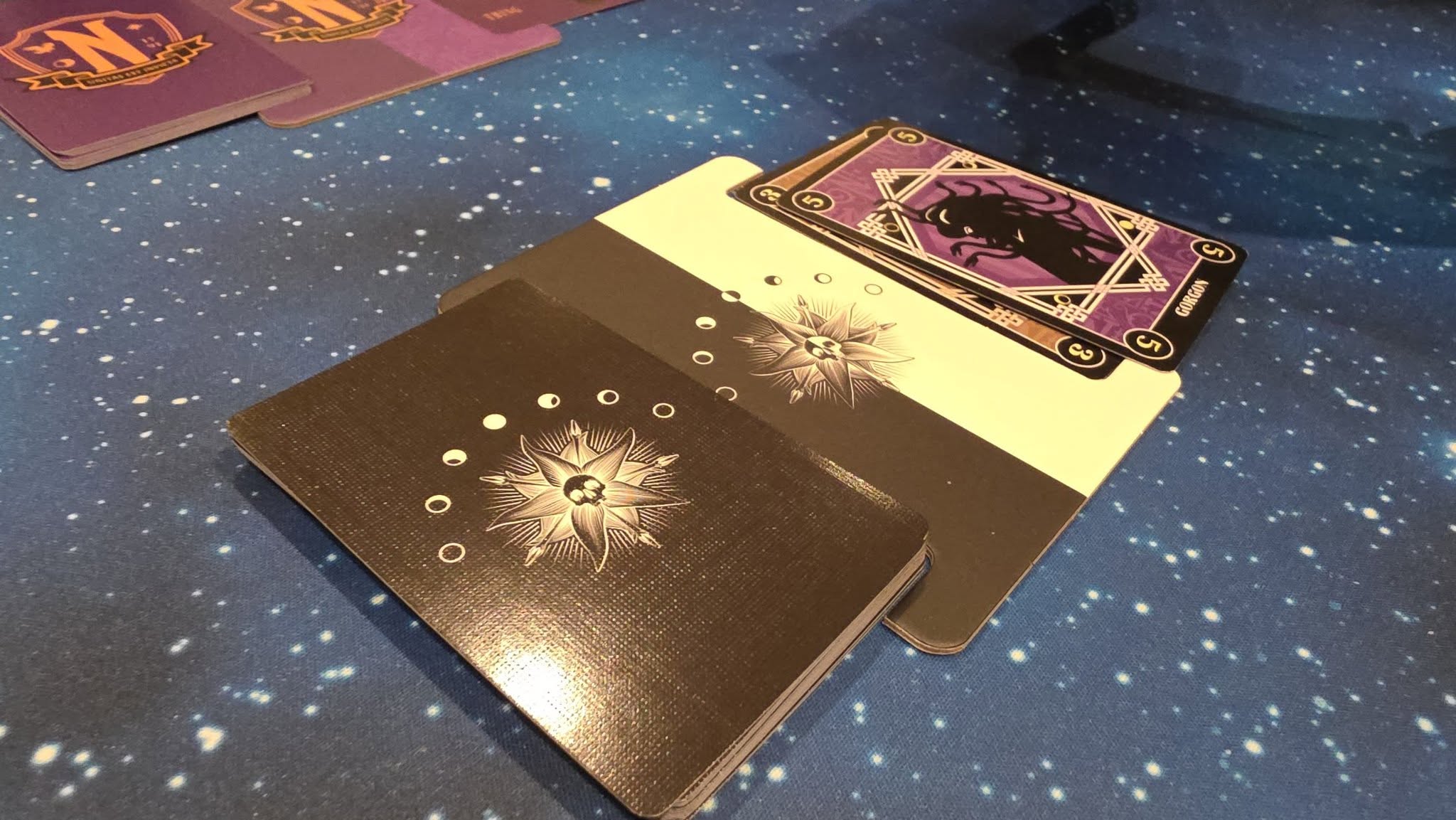
The person who laid the last card in the previous round starts the next one, and this is key, as being able to start a round is quite powerful. You can play what you want. For example, you might play a seven when there’s nothing useful in the discard pile, or you might play a ten knowing there’s a good chance no one else can follow it, which will end the round, turn over a new character card, and put you back in control. These sorts of strategies and tactics don’t usually appear in regular Uno-style deck-shredding games, and that’s what makes Wednesday: Creatures & Outcasts such an appealing game around our table.
The boys like the idea of Uno, but quite often it’s too luck-based and not something we enjoy playing long-term. However, we’ve found ourselves absolutely loving Wednesday: Creatures & Outcasts, purely because of all the extra mechanics and the way it constantly mixes up the style of play, meaning it never gets boring.
Each game can end in one of three ways: if a player lays four number tens (Hide cards), that instantly ends the game; if all but one player gets rid of their cards, that also ends the game; or if you turn over the Wednesday character card, that ends the game too.
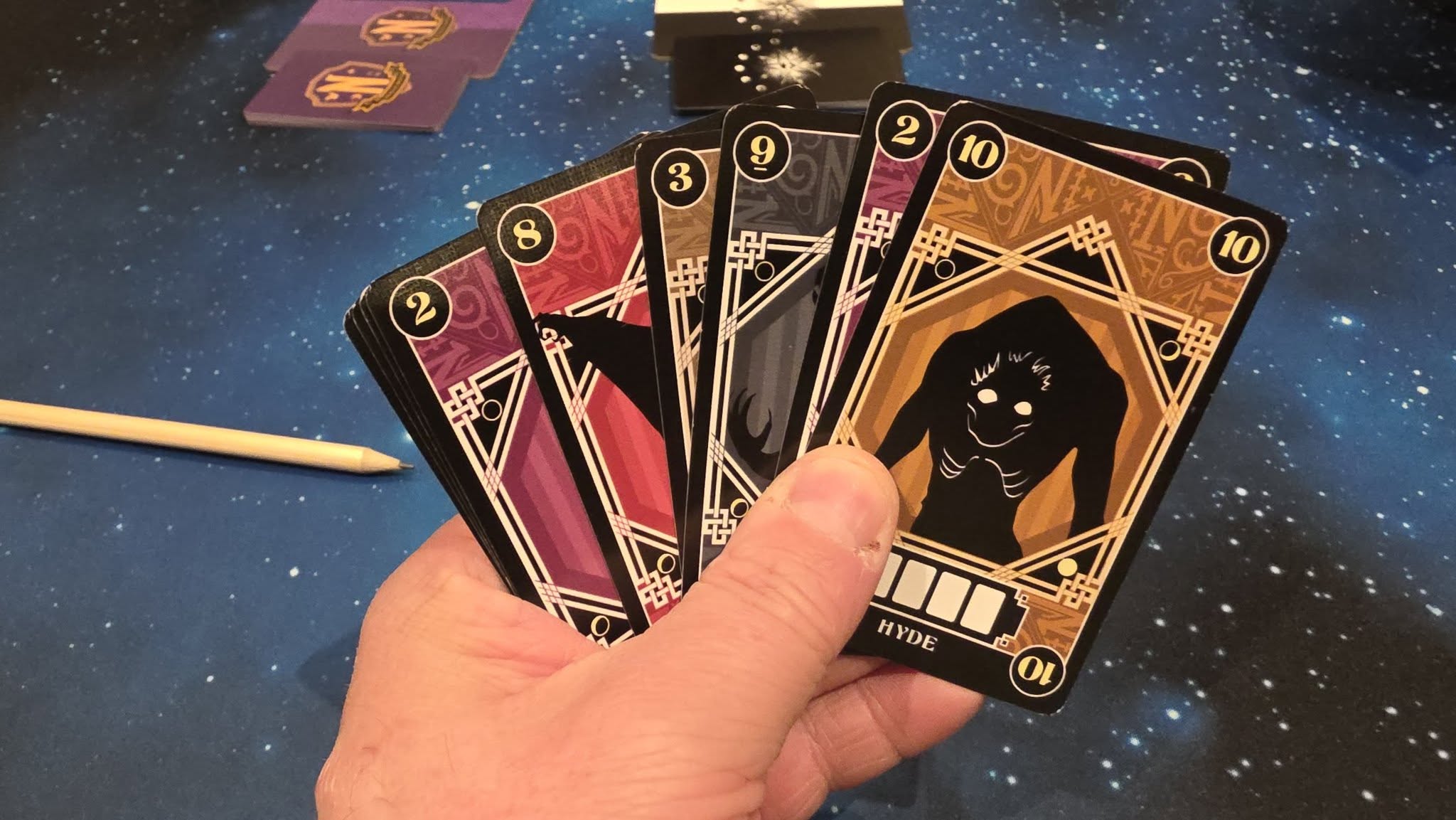
When a game ends, you add up the scores of the cards left in your hand, trying to get as close to zero as possible. Then you play again, and a full game is made up of five smaller rounds, meaning one unlucky round doesn’t ruin the overall game.
For a simple card game, the production values are excellent. The box isn’t too big, the cards have a lovely linen texture, it comes with a nice chunky score pad with plenty of space, and let’s not forget the really cool, screen-printed Thing meeple that adds a touch of charm. I must admit, when I knew I’d be playing some licensed games this weekend, I had doubts about their quality, as licensed games can be hit or miss. But as it turns out, Wednesday: Creatures & Outcasts is quite possibly my new favourite deck-shredding game. It takes the tried and trusted Uno-style formula and turns it into something with far more strategy, interaction, and variety.
This is an absolute modern classic, and based on the fact that you can pick it up for just over £10, it’s a must if you’re looking for something a bit more complex than Uno. If you like the Wednesday series, your kids are going to love this.


